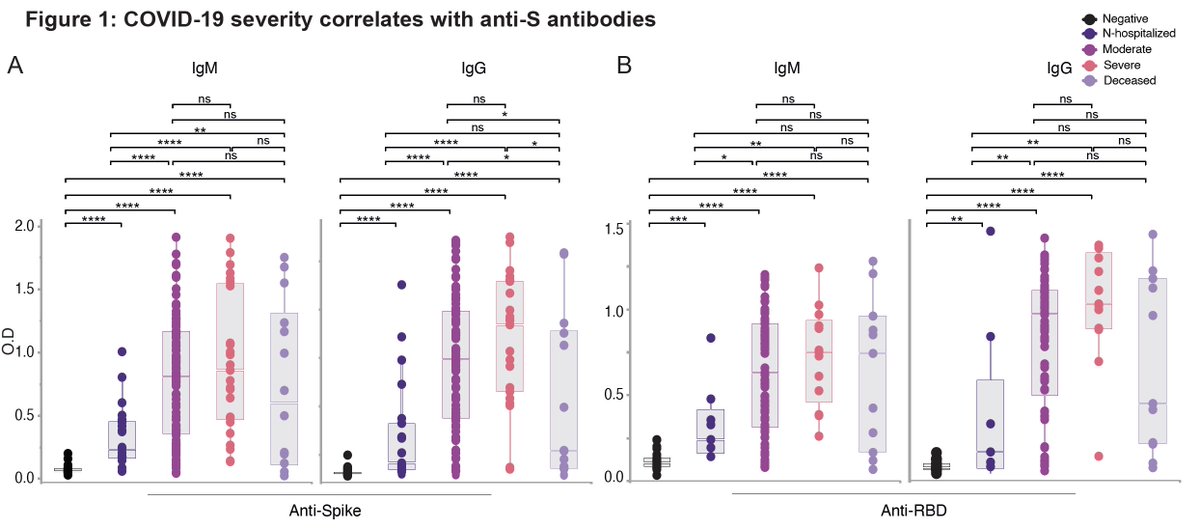
How well do various vaccines reduce severe COVID disease & death? Awesome @YaleMed students, @dariusdariusdar, @ChaneyKalinich, @Larson_HaleighT & Caroline Valdez put together summary tables from vaccine trials. Remarkable ability of vaccines to ⬇️ severe/lethal COVID! 🧵(1/n)
The phase 3 Pfizer BioNTech two-shot mRNA vaccine trial data. All the tables here and below indicate the # COVID-related death in the vaccinated as the right-most column (which is ZERO). (2/n)
nejm.org/doi/full/10.10…
nejm.org/doi/full/10.10…

The phase 3 trial of AstraZeneca Oxford Chimp Adeno ChAdOx1 vaccine. Two-shots - Standard doses 1 and 2 or Low dose 1 + Standard dose 2. (4/n)
papers.ssrn.com/sol3/papers.cf…
papers.ssrn.com/sol3/papers.cf…

Novavax recombinant spike protein + Matrix M adjuvant two-shot vaccine efficacy data. (5/n)
ir.novavax.com/news-releases/…
For more, see
ir.novavax.com/news-releases/…
For more, see
https://twitter.com/kakape/status/1354911677276422145

Johnson & Johnson single-shot Janssen Ad26.COV2.S Phase 3 ENSEMBLE trial efficacy data. (6/n)
jnj.com/johnson-johnso…
jnj.com/johnson-johnso…

Efficacy of Gamaleya Sputnik V rAd26 rAd5 two-shot vaccine interim analysis (after 21 days from first dose). (7/n)
thelancet.com/journals/lance…
thelancet.com/journals/lance…

Here is a great thread related to this by @MonicaGandhi9 👇🏽 (8/n)
https://twitter.com/MonicaGandhi9/status/1356818441064206337?s=20
With all these vaccines, some approved, EUA, others soon to be approved, we can bring down the number of severe & lethal COVID. The variants are here, but current vaccines still protect from severe disease & vaccines for the variants are coming. We will get through this! (End)
• • •
Missing some Tweet in this thread? You can try to
force a refresh










